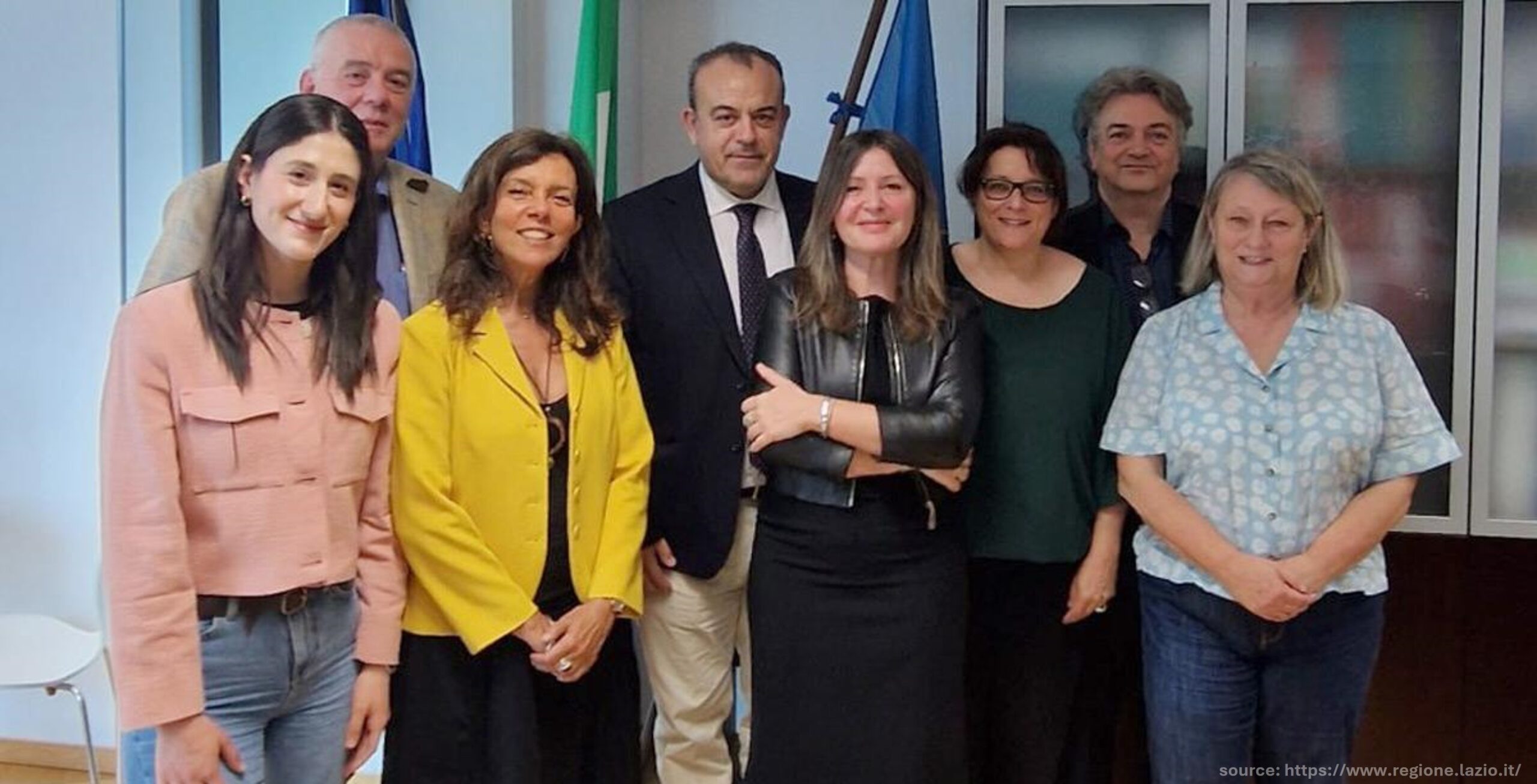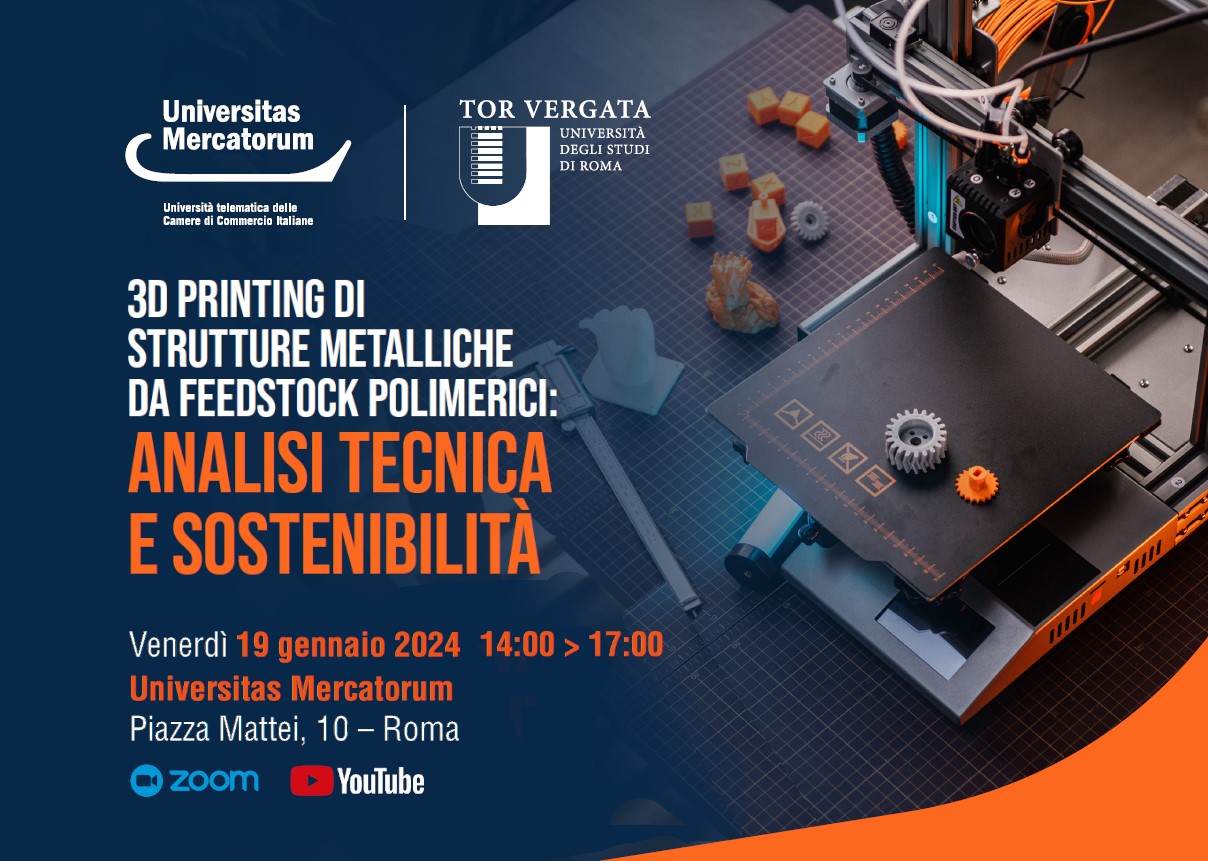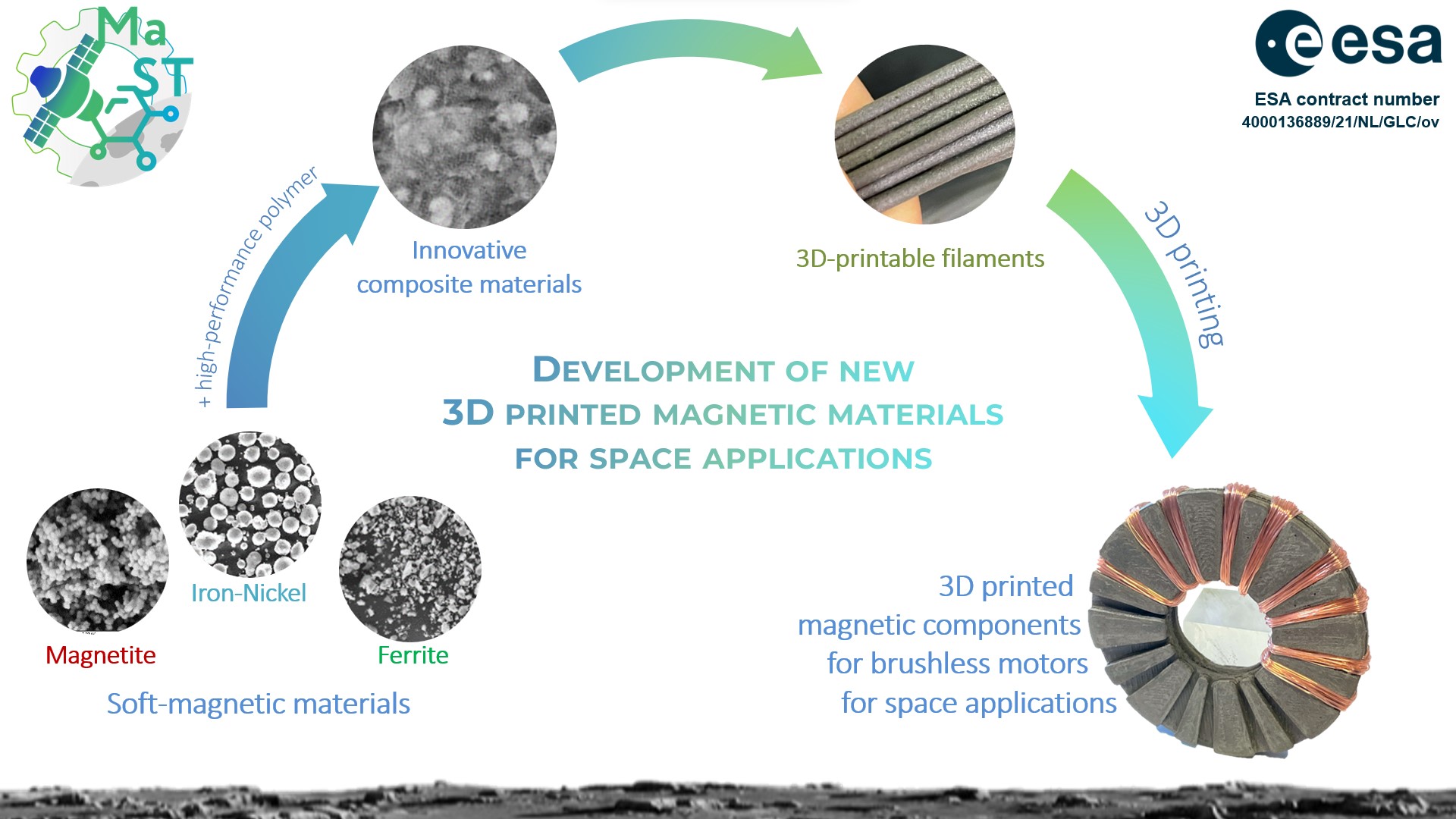Towards standardized analytical protocols for Li-ion battery research: Bridging the gap in compositional reporting Siamo entusiasti di condividere la nostra ultima pubblicazione su Journal di Energy Storage “Towards standardized analytical protocols for Li-ion battery research: Bridging the gap in compositional reporting” (Sofia Ubaldi*, Francesca Nanni, Mario Bragaglia). Questo studio evidenzia quanto siano cruciali la composizione […]
Posts
New Paper Out
Microbial self-healing concrete: computational approaches and material advancements Siamo entusiasti di condividere che la nostra ultima review “Microbial self-healing concrete: computational approaches and material advancements” (Jyoti*, Sofia Ubaldi, Francesca Nanni, Francesco Fabbrocino, Mario Bragaglia) è stata appena pubblicata sul Journal of Sustainable Cement-Based Materials. Questa review esplora l’integrazione della precipitazione del carbonato di calcio indotta […]
New Paper Out
Influence of infill geometry on the degradation performance of 3D printed TiO2 photocatalytic filters Siamo lieti di condividere che il nostro articolo di ricerca “Influence of infill geometry on the degradation performance of 3D printed TiO₂ photocatalytic filters” (Jyoti*, Marco Mariani, Francesca Nanni, Claudia Mazzuca, Mario Bragaglia) è stato pubblicato su Ceramics International. In questo […]
Project GENESIS
Green Enabled Next-Generation Sensing and Innovation Strategies (GENESIS) Call: HORIZON-JU-Chips-2024-2-RIA CUP: E53C24004490002 https://www.genesiseu.eu GENESIS launched in May 2025 under the Horizon Europe programme. It’s a three-year Chips JU flagship project, co-funded by the EU, participating Member States, and the Swiss State Secretariat for Education, Research and Innovation (SERI). Led by CEA-Leti in France, the project […]
Project FIDEM
Functionalized Impact Detection Enhanced Material (FIDEM) Bando di Ricerca “Tecnologie Spaziali Innovative” – Agenzia Spaziale Italiana (ASI) CIG: 8967635681 Project description L’obiettivo del progetto FIDEM è dunque quello di realizzare pannello aerospaziale intelligente, ovvero realizzato mediante stampa 3D di materiale composito a matrice tecnopolimerica (PEEK) che integra sensoristica per il rilevamento accurato di detriti spaziali, […]
Project EPICURE
European Packaging for highly Integrated Circuits for Reliable Electronics (EPICURE) Call “Research Actions”, Topic “Packaging Technologies for critical defence components” – SELECTED PROJECTS EUROPEAN DEFENCE FUND (EDF) 2022Contract n. 101121426 – CUP E53C22003010006 MAST is part of Project EPICURE! EPICURE aims to develop Outsourced Semiconductor Assembly and Test services (OSAT) and support technology providers in Europe […]
Project I3 CLOSER presented in Brussels: 14 M€ investment for innovative supply and production chains on the recovery of materials from the microchip industry
[Source: News post on Regione Lazio website, italian language] CLOSER (Circular raw materiaLs for European Open Strategic autonomy on chips and microElectronics pRoduction) is a project selected for funding under the call Interregional Innovation Investments (I3) Instrument by the European Commission, for a total of 14 millions euro. CLOSER has the objective of contributing to […]
The Role of 3D printing in the Biomedical sector
When we think of 3D printing, we might envision a printer-like device producing three-dimensional objects with various applications, such as creating prototypes, customized products, or even intricate works of art. But 3D printing is much more than that! Additive Manufacturing (AM) is a family of techniques, commonly known as 3D printing, which can produce objects […]
Metal 3D-printing Workshop
L’Università Mercatorum e Università di Roma Tor Vergata presentano il workshop “3D printing di Strutture Metalliche da Feedstock Polimerici: Analisi tecnica e sostenibilità“. Il workshop esplorerà la stampa 3D di metalli, come il Titanio, a partire da filamenti con binder polimerico, oggetto del progetto 3D-PolMet finanziato dalla Regione Lazio, “Progetti di Gruppi di Ricerca 2020” […]
ESA OSIP Project conclusion!
🚀 Exciting News: Another Project Concluded! 🛰️ We are thrilled to share the successful wrap-up of Project OSIP, funded by the European Space Agency via the Open Space Innovation Platform! Our focus? To develop new 3D-printable magnetic materials for #space applications. 🌐 In particular, we developed composite materials based on soft magnetic fillers (potentially sourced from resources on the Moon’s surface) […]






